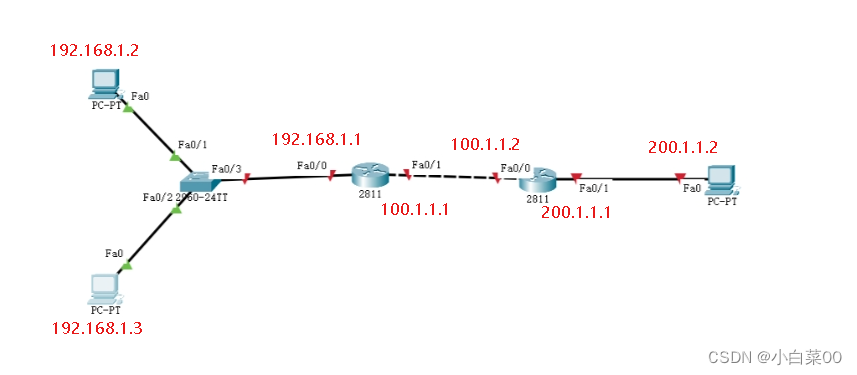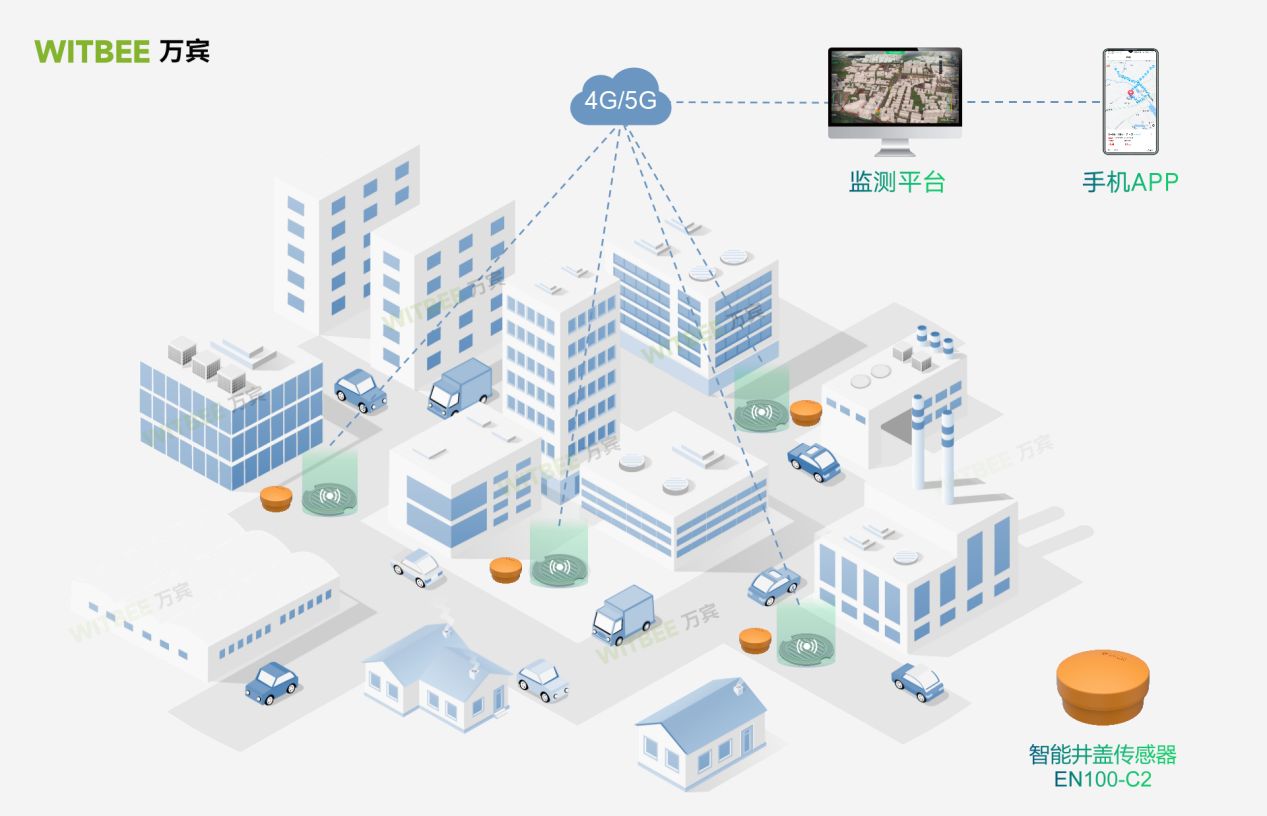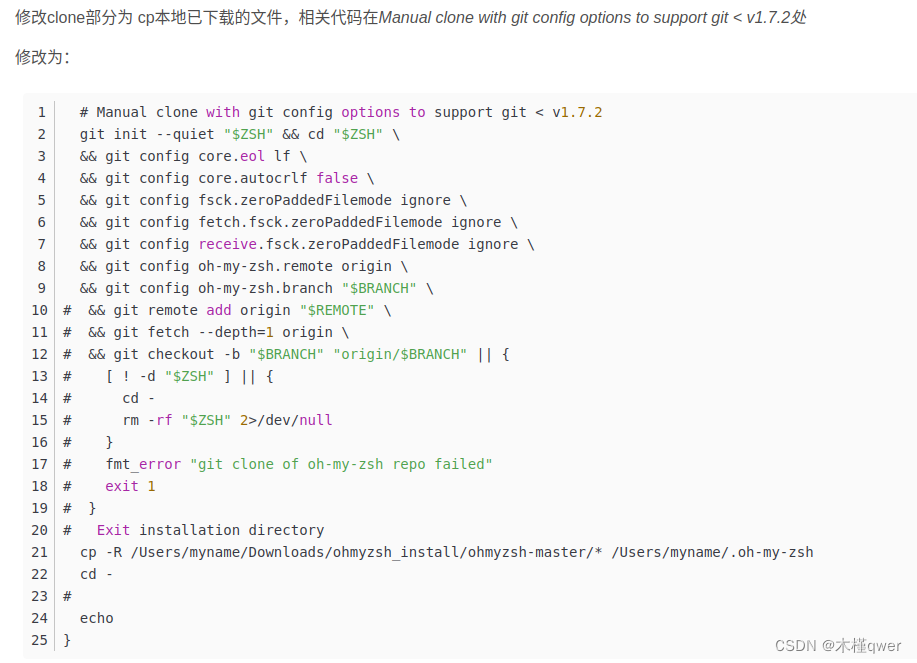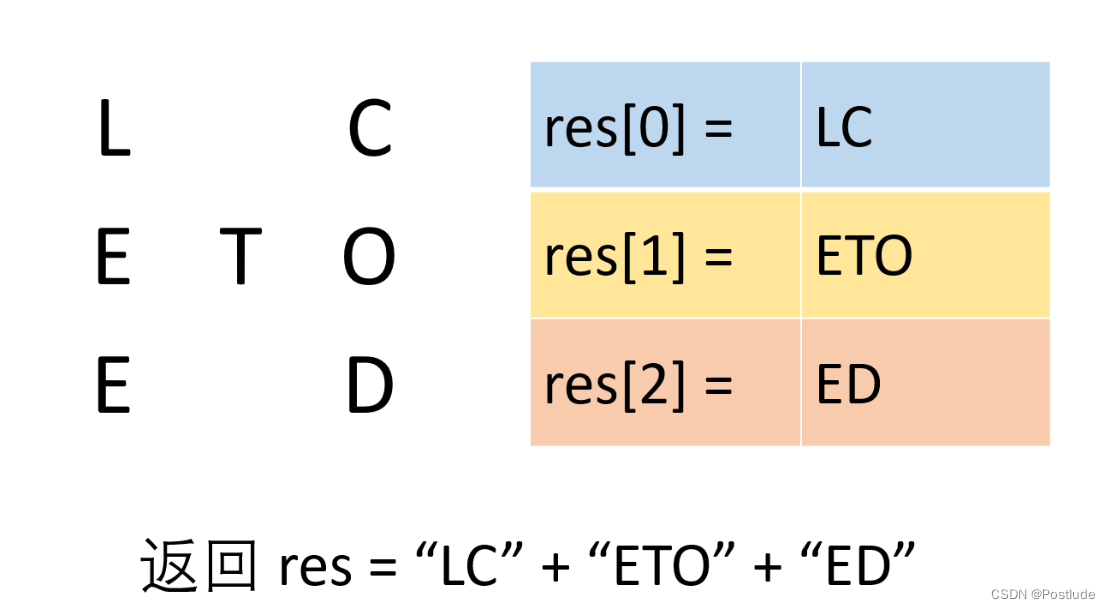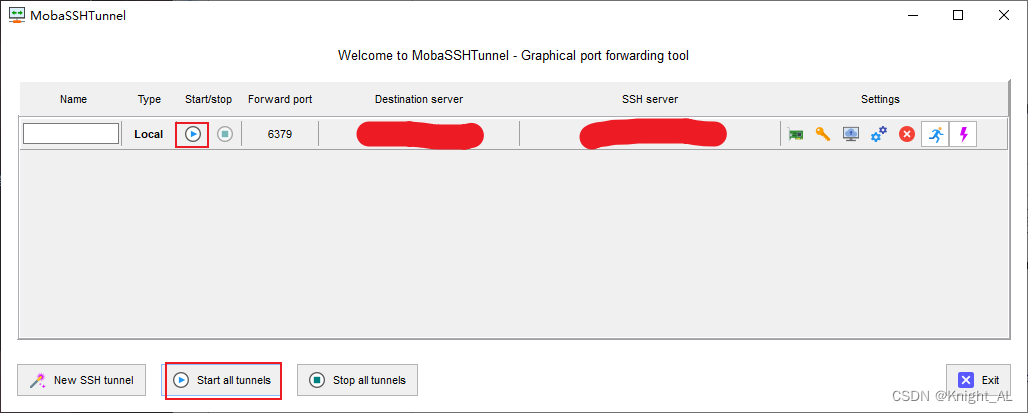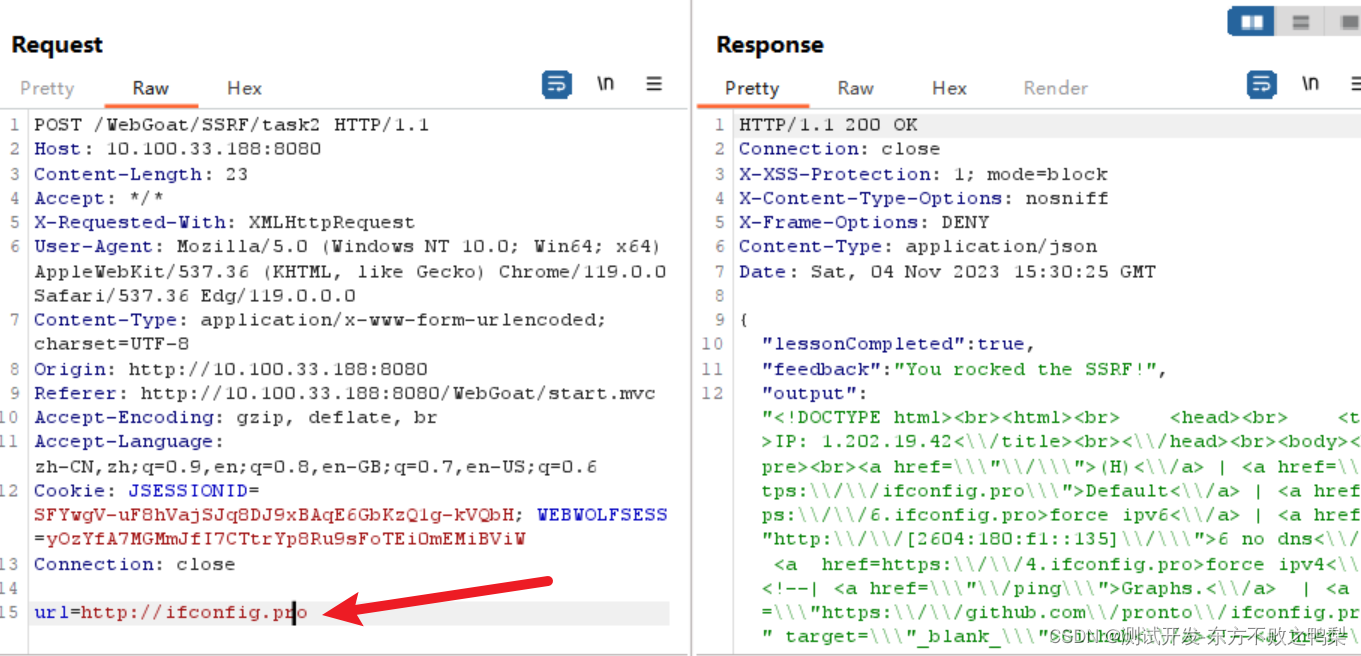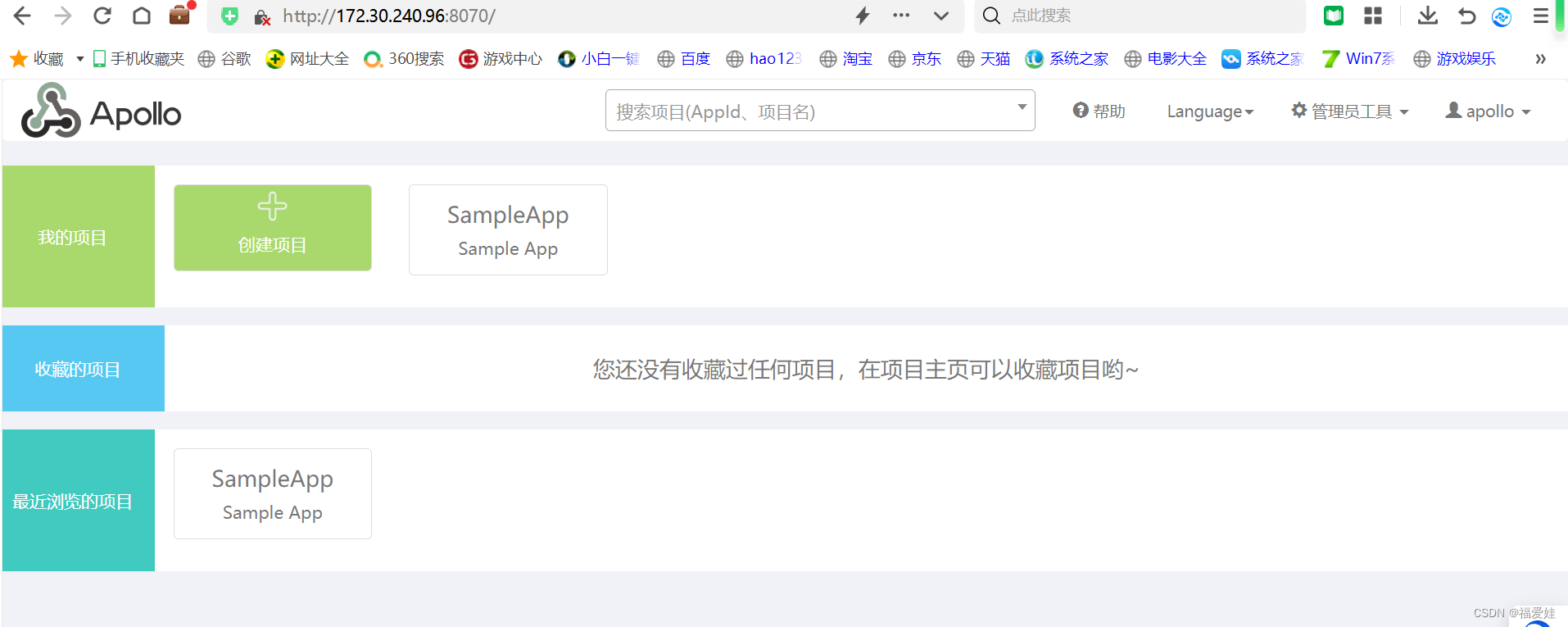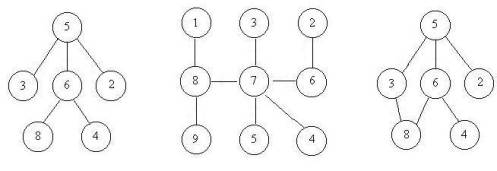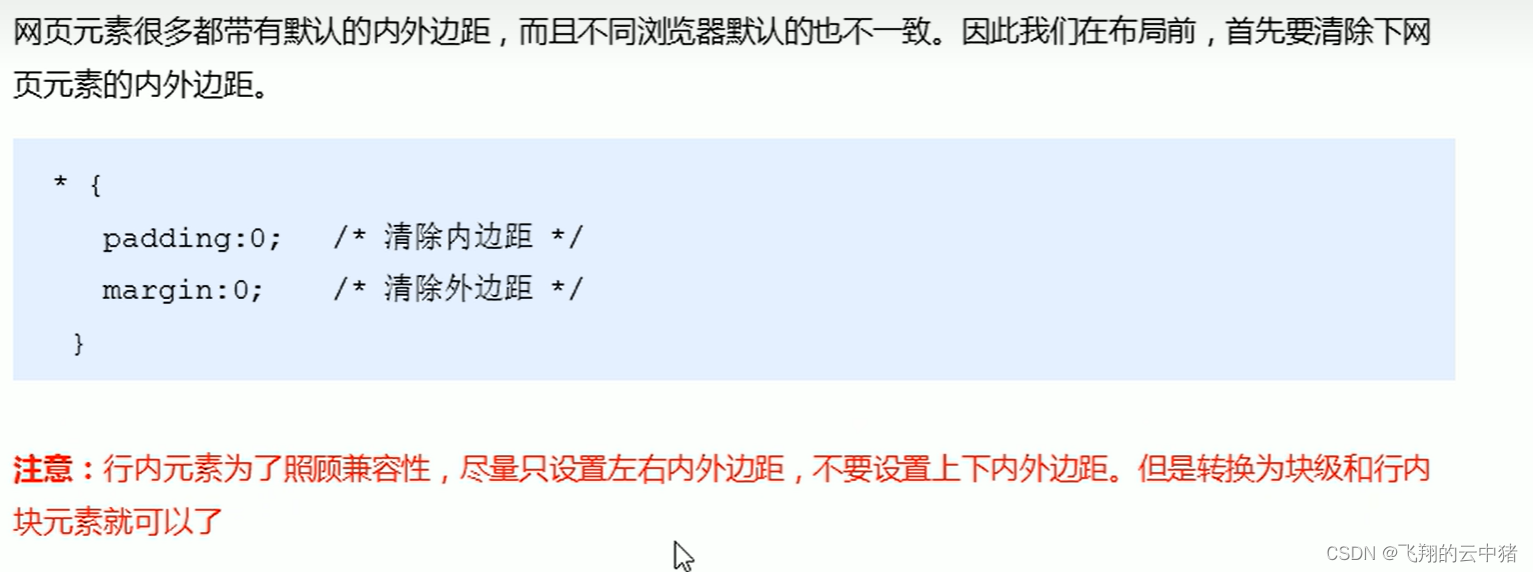上一篇并没有实际地带大家去看源码,而是介绍了两个概念:
- BeanDefinition
- BeanPostProcessor
当然,我介绍得非常笼统,不论是BeanDefinition还是BeanPostProcessor其实都有着较为复杂的继承体系,种类也很多。作为Spring系列第一篇,主要目的还是帮大家摆脱对Spring的刻板认知,刷新你们的三观,毕竟太多人对Spring的理解仅限于所谓的IOC和AOP。现在Spring5都出来了,好多人还停留在Spring2.5、Spring3的年代,还在使用XML。
今天我将会带大家复习Spring的基础,大致流程是:
- 复习XML方式开发
- 通过逐步暴露XML的弊端,引出Spring注解
- 最终完全舍弃XML,采用Spring注解开发
之所以推荐注解开发,原因有两点:
- XML配置太繁琐了
- 掌握Spring注解开发有助于后期学习SpringBoot
只有熟练使用Spring后,看源码时才能把应用和原理联系起来。
文章篇幅较长,建议看的时候先把下方目录截图,放在一旁做引导,防止自己看着看着不知道看到哪了。
主要内容:
- IOC与DI
- Spring的3种编程风格与2种注入方式
- 1️⃣XML配置开发:<bean>描述依赖关系
- 自动装配:让<bean>职责单一化
- 2️⃣XML+注解:XML+<context:component-scan>+@Component
- @Autowired的小秘密
- 2️⃣JavaConfig+注解:@Configuration+@ComponentScan+@Component
- 3️⃣JavaConfig方式:@Configuration+@Bean
- 大乱斗:@ImportResource、@Component、@Bean
IOC与DI
关于IOC的好处,推荐一篇文章,个人觉得写得很好:Spring IoC有什么好处呢?
大家不妨将IOC理解成一种思想,而DI是实现该思想的一种具体方式。Spring被称为IOC容器,它实现IOC的方式除了DI(Dependency Inject,依赖注入),其实还有DL(Dependency Look,依赖查找)。由于我们平时很少用到DL,所以这里只讨论DI(依赖注入)。

IOC与DI
Spring依赖注入的做法
首先,提供一些配置信息(比如XML)来描述类与类之间的关系,然后由IOC容器(Spring Context)去解析这些配置信息,继而维护好对象之间的关系。
<!-- 配置信息:在XML中定义Bean -->
<bean id="person" class="com.bravo.annotation.Person"><property name="car" ref="car"></property>
</bean><bean id="car" class="com.bravo.annotation.Car"></bean>其次,还有一个很重要的前提是,除了配置信息,对象之间也要体现依赖关系。
public class Person {// Person类中声明了Car,表示Person依赖Carprivate Car car;// 由于上面XML使用了<property>标签,表示setter方法注入,所以必须提供setter方法public void setCar(Car car) {this.car = car;}
}总结起来就是:
- 编写配置信息描述类与类之间的关系(XML/注解/Configuration配置类均可)
- 对象之间的依赖关系必须在类中定义好(一般是把依赖的对象作为成员变量)
- Spring会按照配置信息的指示,通过构造方法或者setter方法完成依赖注入

XML中bean标签的职责:1.定义bean 2.维护bean依赖关系,指导Spring完成依赖注入
Spring的3种编程风格与2种注入方式
按照Spring官方文档的说法,Spring的容器配置方式可以分为3种:
- Schema-based Container Configuration(XML配置)
- Annotation-based Container Configuration(注解)
- Java-based Container Configuration(@Configuration配置类)
Spring支持的2种注入方式:
- 构造方法注入
- setter方法注入
在Spring4之前,Spring还支持接口注入(很少用),这里不提及。
(这个分类还是有问题,后面分析源码时再解释)
大家必须要明确,所谓3种编程风格和2种注入方式到底指什么,之间又有什么联系?
我们从2种注入方式开始分析。
Q:Spring注入的是什么?
A:是Bean。
Q:这些Bean怎么来的?
A:IOC容器里的。
所以,所谓的3种编程风格其实指的是“将Bean交给Spring管理的3种方式”,可以理解为IOC,而2种注入方式即DI,是建立在IOC的基础上的。也就是说Spring的DI(依赖注入)其实是以IOC容器为前提。

3种编程风格其实指的是3种把Bean交给Spring管理的方式,而DI有2种方式:setter方法注入/构造方法注入
接下来,我们把3种编程风格分别用代码实验一下。
Spring系列文章我都会贴出完整、可运行的代码,所以建议大家一边看一边复制到本地调试,这样学得更快。
1️⃣XML配置开发:<bean>描述依赖关系
setter方法注入
pom.xml
<dependencies><dependency><groupId>org.springframework</groupId><artifactId>spring-context</artifactId><version>4.3.12.RELEASE</version></dependency></dependencies>配置信息(setter方法注入)
<?xml version="1.0" encoding="UTF-8"?>
<beans xmlns="http://www.springframework.org/schema/beans"xmlns:xsi="http://www.w3.org/2001/XMLSchema-instance"xsi:schemaLocation="http://www.springframework.org/schema/beanshttp://www.springframework.org/schema/beans/spring-beans.xsd"><!-- 在xml中描述类与类的配置信息 --><bean id="person" class="com.bravo.xml.Person"><!-- property标签表示,让Spring通过setter方法注入--><property name="car" ref="car"></property></bean><bean id="car" class="com.bravo.xml.Car"></bean></beanPerson(这里偷懒,把后面要讲的构造器注入的准备工作也做了,对运行结果不影响)
public class Person {// Person依赖Carprivate Car car;// 无参构造public Person(){}// 有参构造public Person(Car car){this.car = car;System.out.println("通过构造方法注入...");}// setter方法public void setCar(Car car) {this.car = car;System.out.println("通过setter方法注入...");}@Overridepublic String toString() {return "Person{" +"car=" + car +'}';
}Car
public class Car {
}Test
public class Test {public static void main(String[] args) {// 由于是XML配置方式,对应的Spring容器是ClassPathXmlApplicationContext,传入配置文件告知Spring去哪读取配置信息ApplicationContext applicationContext = new ClassPathXmlApplicationContext("spring-context.xml");// 从容器中获取PersonPerson person = (Person) applicationContext.getBean("person");System.out.println(person);}
}目录结构

测试结果

由于XML中配置依赖信息时,使用了property标签,所以Spring会调用setter方法注入
构造方法注入
接下来,我们试一下构造方法注入:
<?xml version="1.0" encoding="UTF-8"?>
<beans xmlns="http://www.springframework.org/schema/beans"xmlns:xsi="http://www.w3.org/2001/XMLSchema-instance"xsi:schemaLocation="http://www.springframework.org/schema/beanshttp://www.springframework.org/schema/beans/spring-beans.xsd"><!-- 在xml中描述类与类的配置信息 --><bean id="person" class="com.bravo.xml.Person"><!-- constructor-arg标签表示,让Spring通过构造方法注入--><constructor-arg ref="car"></constructor-arg></bean><bean id="car" class="com.bravo.xml.Car"></bean></beans>测试结果

其他代码都没变,仅仅改变配置信息,由property标签变为constructor-arg标签,Spring就知道要改为构造器注入了
至此,我们把XML配置下2种注入方式都实验过了,它们的区别是:
- XML配置<property> + 对象提供对应的setter方法
- XML配置<constructor-arg> + 对象提供对应的构造方法
改变XML配置的同时,需要对象提供对应的方法支持。如果你用了<property>,却没有在类中提供setter方法,则会报错。
自动装配:让<bean>职责单一化
我们会发现<bean>这个标签,其实承载着两个作用:
- 定义bean,告诉Spring哪个Bean需要交给它管理(放入容器)
- 维护bean与bean之间的依赖关系
接下来我们思考这样一个问题:
对于Person类
public class Person {// Person依赖Carprivate Car car;public void setCar(Car car) {this.car = car;}
}上面代码其实已经很好地描述了Person和Car的依赖关系,此时在XML中继续用<property>或者<constructor-arg>反而成了累赘:
- 既然类结构本身包含了依赖信息,<bean>再用<property>等去描述就显得多余了
- 如果类结构变动,我们还需要额外维护<bean>的依赖信息,很麻烦。比如Person新增了一个shoes字段,那么<bean>又要写一个<property>表示shoes
所以,最好的做法是把让<bean>标签职责单一化,让它只负责定义bean,把bean与bean的依赖关系转交给类自身维护(有这个字段就说明有依赖)。
既然菜鸡的我们能想到,那么Spring肯定也想到了,于是它提出了“自动装配”的概念。很多人一听到自动装配,脑子里只有@Autowired。不算错,但其实XML也支持自动装配,而且真要论先来后到的话,肯定还是XML的自动装配在前。
XML实现自动装配可以分为两种:全局、局部。
全局自动装配(XML根标签<beans>末尾加default-autowire配置)
<?xml version="1.0" encoding="UTF-8"?>
<beans xmlns="http://www.springframework.org/schema/beans"xmlns:xsi="http://www.w3.org/2001/XMLSchema-instance"xsi:schemaLocation="http://www.springframework.org/schema/beanshttp://www.springframework.org/schema/beans/spring-beans.xsd"default-autowire="byName"><!-- 在xml中只定义bean,无需配置依赖关系 --><bean id="person" class="com.bravo.xml.Person"></bean><bean id="car" class="com.bravo.xml.Car"></bean></beans>所谓全局,就是在XML根标签末尾再加一个配置default-autowire="byName",那么在此XML中配置的每一个<bean>都遵守这个自动装配模式,可选值有4个:
- byName
- byType
- constructor
- no

default其实就是no
测试结果

我们会发现改用自动装配后,虽然没有了property标签,但是默认是调用setter方法
局部自动装配(每一个<bean>单独设置autowire)
<?xml version="1.0" encoding="UTF-8"?>
<beans xmlns="http://www.springframework.org/schema/beans"xmlns:xsi="http://www.w3.org/2001/XMLSchema-instance"xsi:schemaLocation="http://www.springframework.org/schema/beanshttp://www.springframework.org/schema/beans/spring-beans.xsd"><!-- 在xml中只定义bean,无需配置依赖关系 --><bean id="person" class="com.bravo.xml.Person" autowire="byName"></bean><bean id="car" class="com.bravo.xml.Car"></bean></bean测试结果

小结:
- Spring支持自动装配(全局/局部),把原先<bean>标签的职责单一化,只定义bean,而依赖关系交给类本身维护
- 自动装配共4种,除了no,其他3种各自对应两种注入方式:byName/byType对应setter方法注入,constructor对应构造方法注入 (请自己动手证明)

1、XML+注解:XML+<context:component-scan>+@Component
原本<bean>标签有两个职责:
- 定义bean
- 描述依赖信息
上面通过自动装配,把依赖信息交给类本身维护,从此<bean>只负责bean定义。
现在,我们想想办法,能不能干脆把bean定义也剥离出来?这样就不需要在XML中写任何<bean>标签了。我早就看<bean>标签不爽了,这么一大坨,要是bean多了,就很臃肿。
怎么做呢?
我们先来回顾一下手上的牌面:

至此,我们已经成功调教Spring帮我们做了自动装配,也就是说IOC和DI中,DI已经实现自动化。我们接下来要考虑的是如何减少IOC配置的工作量。
原先是把<bean>写在XML中,再把XML喂给Spring:
ApplicationContext applicationContext = new ClassPathXmlApplicationContext("spring-context.xml");既然现在打算消灭XML中的<bean>,则说明即使把XML喂给Spring,它也吃不到bean定义了。所以,必须要告诉Spring去哪可以吃到bean。
我们来看一下,当Spring吃下<bean>时,到底吃了什么:
<!-- 在xml中只定义bean,无需配置依赖关系 -->
<bean id="person" class="com.bravo.xml.Person" autowire="byName"></bean>
<bean id="car" class="com.bravo.xml.Car"></bean>是的,<bean>只指定了类名和自动装配的模式。也就是说,要定义一个bean,只需要最基本的两样东西:
- 类名
- 装配模式(其实这个也不是必须的,默认no,不自动装配)
而类名其实很好得到,我们自己写的类不就有吗?至于自动装配的模式,也完全可以在类中通过注解指定。于是,我们找到了改造的方向:用带注解的类代替<bean>标签。

之前:XML中写好bean标签后,把XML喂给Spring,Spring就会把bean实例化加到容器

现在:消灭bean标签后,XML中已经没有bean,Spring必须自己去找bean定义
Spring2.5开始提供了一系列注解,比如@Component、@Service等,这些注解都是用来表示bean的。而@Service等注解底层其实还是@Component:

之所以做一层封装,是为了赋予它特殊的语义:定义Service层的bean。其余的这里不再赘述。总之我们暂时理解为,如果要使用注解表示bean定义,我们能用的只有@Component。
新建annotation包,把Car和Person移过去:

Person
@Component //带注解的类,我们希望用这种方式定义bean,并让Spring把它吃进去
public class Person {// Person依赖Carprivate Car car;@Overridepublic String toString() {return "Person{" +"car=" + car +'}';}
}Car
@Component
public class Car {
}XML(什么都没有配置,连自动装配模式也没指定,因为不在这里定义bean了)
<?xml version="1.0" encoding="UTF-8"?>
<beans xmlns="http://www.springframework.org/schema/beans"xmlns:xsi="http://www.w3.org/2001/XMLSchema-instance"xsi:schemaLocation="http://www.springframework.org/schema/beanshttp://www.springframework.org/schema/beans/spring-beans.xsd"></beans>Test(不变)
public class Test {public static void main(String[] args) {// 由于是XML配置方式,对应的Spring容器是ClassPathXmlApplicationContext,传入配置文件告知Spring去哪读取配置信息ApplicationContext applicationContext = new ClassPathXmlApplicationContext("spring-context.xml");// 从容器中获取PersonPerson person = (Person) applicationContext.getBean("person");System.out.println(person);}
}测试结果

在Spring容器中找不到person
其实很好理解,我们传入了spring-context.xml告诉Spring去哪读取bean定义,但是实际上XML却没有配置任何<bean>,它是不可能把类实例化加入到容器的。
然而我们新定义的bean(@Component)Spring也没吃,怎么回事?
其实主要是因为我们的改变太突然了,Spring以前吃惯了XML中的<bean>,现在突然换成@Component这种注解类,它吃不惯,甚至不知道它能吃!
所以,必须通知Spring:
老哥,我们改用注解了,有@Component注解的类就是bean,和以前<bean>一样一样的。
如何通知?只要在XML中配置:
<context:component-scan base-package="com.bravo.annotation"/>官方文档对这个标签的解释是:
The use of <context:component-scan> implicitly enables the functionality of <context:annotation-config>. There is usually no need to include the <context:annotation-config> element when using <context:component-scan>.
翻译过来就是:
使用<context:component-scan>隐式地启用了<context:annotation-config>的功能。<context:annotation-config>的作用是让Spring具备解析@Component等注解的功能。当使用<context:component-scan>时,通常不需要包含<context:annotation-config>元素。
这个标签的作用相当于什么呢?Spring一口吃下去,发现没有吃到<bean>,却吃出了一张小纸条,上面写着:赶紧去找标了@Component注解的类,那是新菜式!
所以,最终</context:component-scan>标签的作用有两个:
- 扫描:原先我们把写有bean定义的XML文件喂给Spring,现在则让Spring自己去指定路径下扫描bean定义
- 解析:让Spring具备解析注解的功能
所以,XML虽然不用配置<bean>标签,却要配置扫描(需要配置额外的名称空间):
<?xml version="1.0" encoding="UTF-8"?>
<beans xmlns="http://www.springframework.org/schema/beans"xmlns:xsi="http://www.w3.org/2001/XMLSchema-instance"xmlns:context="http://www.springframework.org/schema/context"xsi:schemaLocation="http://www.springframework.org/schema/beanshttp://www.springframework.org/schema/beans/spring-beans.xsdhttp://www.springframework.org/schema/contexthttp://www.springframework.org/schema/context/spring-context-3.0.xsd"><context:component-scan base-package="com.bravo.annotation"/></beans测试结果:

虽然能找到Person了,但是Car并没有被注入
又出幺蛾子了,怎么回事呢?我们回想一下XML的bean定义:
<!-- 在xml中只定义bean,无需配置依赖关系 -->
<bean id="person" class="com.bravo.xml.Person" autowire="byName"></bean>
<bean id="car" class="com.bravo.xml.Car"></bean>我们设置了autowire属性,告诉Spring按什么方式自动装配。
现在我们改用注解了,@Component只是相当于<bean>标签,却没有指明自动装配的模式。如何在类中告诉Spring我们需要的装配方式呢?
方法有很多种:
- @Autowired(Spring提供的)
- @Resource(JSR-250定义)
- @Inject(JSR-330定义)
这里我们以@Autowired为例:
@Component
public class Person {// 用@Autowired告知Spring:请把Car装配进来@Autowiredprivate Car car;@Overridepublic String toString() {return "Person{" +"car=" + car +'}';}
}测试结果

自动装配成功!
@Autowired的小秘密
上面我们有惊无险地从用@Component替换了<bean>,并且结识了@Autowired这个超棒的注解,用来完成自动装配。即:
- <context:component-scan>+@Component彻底解放IOC配置
- @Autowired完成自动装配
但是细心的小伙伴会发现,相较于<bean>中的autowire="byName",@Autowired虽然装配成功了,却没有显式地指定自动装配的模式。
只有一种解释:它有默认的装配方式。
在探究@Autowire默认的装配模式之前,关于bean的名称,要和大家先交代一下:
<!-- 在xml中只定义bean,无需配置依赖关系 -->
<bean id="person" class="com.bravo.xml.Person" autowire="byName"></bean>
<bean id="car" class="com.bravo.xml.Car"></bean>在<bean>中,id即为最终bean在Spring容器的名字。
同样的,@Component也提供了给bean命名的方法:

@Component("bravo")
public class Person {// 用@Autowired告知Spring:请把Car装配进来@Autowiredprivate Car car;@Overridepublic String toString() {return "Person{" +"car=" + car +'}';}
}如果不指定,则默认会把类名首字母小写后作为beanName。
铺垫结束,我们开始探究@Autowired到底默认是哪种装配模式:
- byName
- byType
- constructor
- no(已经装配成功,排除)
先来看看是不是byName
@Component
public class Person {// 用@Autowired告知Spring:请把Car装配进来@Autowiredprivate Car myCar;@Overridepublic String toString() {return "Person{" +"car=" + myCar +'}';}
}测试结果

Car在Spring中bean的名字应该是car,而我把Person中的Car变量名改为myCar,仍旧注入成功,说明不是byName。
再来看看是不是byType。
这个稍微有点麻烦,因为我需要弄出至少两个同类型的bean。所以我打算把Car变成接口,然后创建Bmw和Benz两个实现类。这个接口只是为了试验,没有实际意义:
Car
//接口
public interface Car {
}//实现类Bmw
@Component
public class Bmw implements Car {
}//实现类Benz
@Component
public class Benz implements Car {
}Person
@Component
public class Person {// 用@Autowired告知Spring:请把Car装配进来@Autowiredprivate Car car;@Overridepublic String toString() {return "Person{" +"car=" + car +'}';}
}测试结果

熟悉的配方、熟悉的味道:expected single matching bean but found 2: BMW,benz
很明显,@Autowired默认采用byType的方式注入,由于当前Spring容器中存在两个Car类型的bean,所以注入时报错了,因为Spring无法替我们决定注入哪一个。
但是,有个神奇的现象是,你如果把变量名改为bmw或者benz,就会注入对应的bean:
@Component
public class Person {// 把变量名改为bmw@Autowiredprivate Car bmw;@Overridepublic String toString() {return "Person{" +"car=" + bmw +'}';}
}
也就是说,@Autowired默认采用byType模式自动装配,如果找到多个同类型的,会根据名字匹配。都不匹配,则会报错。
当然,有些人可能有强迫症,觉得我Car类型的变量必须叫car,但又想指定注入bmw,怎么办?我们先看看@Autowired能不能指定名字吧:

不能指定名字,因为Autowired只有一个属性:required,表示当前bean是否必须被注入
为了弥补@Autowired不能指定名字的缺憾,Spring提供了@Qualifier注解
@Qualifier("benz")
@Autowired
private Car car;即使Spring容器中有两个Car类型的bean,也只会按名字注入benz。
其他的我就不测了,给个结论就好:
- @Autowired:默认byType,type相同则byName
- @Resource:和@Autowired几乎一样,但不能配合@Qualifier,因为它本身就可以指定beanName。但没有required属性
@Resource(name = "benz")
private Car car;- @Inject:用的很少,不做讨论
2、JavaConfig+注解:@Configuration+@ComponentScan+@Component
有没有发现,上面标题还是2️⃣?因为接下来要介绍的,还是注解开发。
先复习一下前面两种方式:
- 纯XML(<bean>负责定义bean,Java类负责定义依赖,Spring完成自动装配)
<!-- 在xml中只定义bean,无需配置依赖关系 -->
<bean id="person" class="com.bravo.xml.Person" autowire="byName"></bean>
<bean id="car" class="com.bravo.xml.Car"></bean>
- 注解+XML(@Component+@Autowired,但我们发现注解并不能单独使用,必须要XML中配置开启注解扫描才能生效)
<context:component-scan base-package="com.bravo.annotation"/>
之前我在注解(上)讲过,注解的使用必须包含三步:定义注解、使用注解、解析注解。@Component是Spring定义、我们使用,也肯定是由Spring解析。但是这个解析必须由我们手动开启。这就是<context:component-scan>标签的意义。
到了这一步我们已经把<bean>标签完全消灭了。但是这种模式有点不伦不类。
你说它叫XML配置开发吧,它又有@Component注解。你说它是注解开发吧,XML中还有一个<context:component-scan>在那嘚瑟呢。所以如何才能完全消灭XML呢?
究其根本,我们发现无法消灭XML的原因在于:注解的读取和解析必须依赖于<context:component-scan>标签!因为我们要帮Spring开启注解扫描,不然他不知道去哪读取bean。
既然<bean>标签可以被@Component代替,那么<context:component-scan>标签应该也能找到对应的注解。
不错!这个注解就是@ComponentScan!如此一来我们就再也不需要spring-context.xml了。
但是转念一想,脊背发凉...ClassPathXmlApplicationContext这个类要求我们必须传一个XML,怎么办?别担心,Spring同样提供了一个注解@Configuration,目的是让我们可以把一个普通的Java类等同于一个XML文件,而这个Java类就是JavaConfig,我们习惯称之为配置类。
新建一个javaconfig包,把annotation包下的所有类移过来,并且新建AppConfig配置类
@Configuration //表示这个Java类充当XML配置文件
@ComponentScan(basePackages = "com.bravo.javaconfig") //相当于XML中的<context:component-scan>标签
public class AppConfig {}这样,我们就可以把XML删除,用@ComponentScan来开启注解扫描。
目录结构

准备测试时,发现了大麻烦:

ClassPathXmlApplicationContext无法接受AppConfig配置类,它只认XML
所以,用AppConfig配置类替代XML只是我们的一厢情愿吗?
其实是我们选错了实现类。ApplicationContext的子类除了ClassPathXmlApplicationContext,还有一个专门针对注解开发的:AnnotationConfigApplicationContext。
新的Test
public class Test {public static void main(String[] args) {// AnnotationConfigApplicationContext是Spring用来专门针对注解开发的ApplicationContext子类ApplicationContext applicationContext = new AnnotationConfigApplicationContext(AppConfig.class);// 从容器中获取PersonPerson person = (Person) applicationContext.getBean("person");System.out.println(person);}
}测试结果

稳得一批
至此,XML已经被我们完全消灭了。
3、JavaConfig方式:@Configuration+@Bean
严格来说,上面的做法并不是所谓的Java-based Container Configuration(@Configuration配置类)风格。我们虽然用到了@Configuration,但只是为了让Java配置类替代XML,最终消灭XML。这也太大材小用了...本质上,这还是@Component+@Autowired注解开发,只是开启注解扫描的方式从<context:component-scan>标签变为@ComponentScan。
实际上,真正的Java-based Container Configuration编程风格是这样的:
AppConfig(如果你不扫描@Component,则不需要@ComponentScan)
@Configuration
public class AppConfig {//new一个Benz对象,通过@Bean注解告知Spring把这个bean加到容器@Beanpublic Car benz(){return new Benz();}//new一个Bmw对象,通过@Bean注解告知Spring把这个bean加到容器@Beanpublic Car bmw(){return new Bmw();}//new一个Person对象,通过@Bean注解告知Spring把这个bean加到容器@Beanpublic Person person(){Person p = new Person();p.setCar(new Benz());return p;}}Benz(去除@Component,那是注解开发方式)
public class Benz implements Car {
}Bmw(去除@Component,那是注解开发方式)
public class Bmw implements Car {
}Person(去除@Component,那是注解开发方式)
public class Person {private Car car;// setter方法。在@Bean场景下,手动调用setter方法设置成员变量public void setCar(Car car) {this.car = car;}@Overridepublic String toString() {return "Person{" +"car=" + car +'}';}
}测试结果

小结
Java-based Container Configuration编程风格指的是:
- 用@Configuration把一个普通Java类变成配置类,充当XML
- 在配置类中写多个方法,加上@Bean把返回值对象加到Spring容器中
- 把配置类AppConfig喂给AnnotationConfigApplicationContext,让它像解析XML一样解析配置类
- 无需加@Component注解,因为我们可以手动new之后通过@Bean加入容器
大乱斗:@ImportResource、@Component、@Bean
其实XML、注解、JavaConfig三种方式相互兼容,并不冲突。
- XML的<bean>
- @Component注解和扫描(不论是<context:component-scan>还是@ComponentScan)
- @Configuration与@Bean
为了证实它们确实不冲突,我搞了很变态的,一个项目里三种编程方式混用:
- 两辆车子,bmw和benz交给@Bean(JavaConfig)
- Person交给@Component和@ComponentScan(注解)
- Student交给XML和@ImportResource(XML)
目录结构

AppConfig
@Configuration //JavaConfig方式,把当前Java类作为配置类
@ComponentScan(basePackages = "com.bravo.all")//注解方式,开启扫描
@ImportResource("spring-context.xml")//XML方式,导入bean定义
public class AppConfig {@Beanpublic Car benz(){return new Benz();}@Beanpublic Car bmw(){return new Bmw();}}Car
public interface Car {
}Benz(JavaConfig方式:@Bean加入Spring)
public class Benz implements Car {
}Bmw(JavaConfig方式:@Bean加入Spring)
public class Bmw implements Car {
}Person(注解方式:@ComponentScan扫描@Component加入Spring)
@Component
public class Person {// 用@Autowired告知Spring:请把Car装配进来@Qualifier("benz")@Autowiredprivate Car car;@Overridepublic String toString() {return "Person{" +"car=" + car +'}';}
}Student(XML方式:使用<bean>定义)
public class Student {private Car bmw;//由于在下方XML配置中,我选用了byName自动装配,而byName/byType都要提供setter方法public void setBmw(Car bmw) {this.bmw = bmw;}@Overridepublic String toString() {return "Student{" +"car=" + bmw +'}';}
}spring-context.xml
<?xml version="1.0" encoding="UTF-8"?>
<beans xmlns="http://www.springframework.org/schema/beans"xmlns:xsi="http://www.w3.org/2001/XMLSchema-instance"xsi:schemaLocation="http://www.springframework.org/schema/beanshttp://www.springframework.org/schema/beans/spring-beans.xsd"><!-- 在xml中描述类与类的配置信息 --><bean id="student" class="com.bravo.all.Student" autowire="byName"></bean></beans>Test
public class Test {public static void main(String[] args) {// AnnotationConfigApplicationContext是Spring用来专门针对注解开发的ApplicationContext子类ApplicationContext applicationContext = new AnnotationConfigApplicationContext(AppConfig.class);// 从容器中获取PersonPerson person = (Person) applicationContext.getBean("person");System.out.println(person);// 从容器中获取StudentStudent student = (Student) applicationContext.getBean("student");System.out.println(student);}
}测试结果
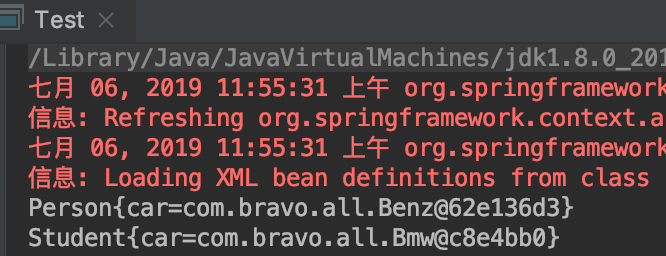
通常来说,我们日常开发一般是注解+JavaConfig混用。也就是
- @ComponentScan+@Configuration+@Component+@Bean
小结
- 纯XML配置开发:没有注解,全部<bean>标签,但也可以配置自动装配
- 注解开发不能单独存在,需要开启扫描。自动装配一般用@Autowired
- XML+注解:XML+<context:component-scan>+@Component
- JavaConfig+注解:@Configuration+@ComponentScan+@Component
- JavaConfig方式:@Configuration+@Bean
通常我们都会两两混用,比如XML+注解,或者JavaConfig+注解,但很少三种一起用。
本文目的是让大家知道:
- 3种编程风格:XML、注解、JavaConfig
- 2种注入方式:setter方法、构造方法
- 4种装配模式:byType、byName、constructor、no
然后,有一点需要和大家说明,本文关于所谓的2种注入方式和4种装配方式,在宏观上来说是对的,但是在源码层面上来说,还是太笼统了。有机会的话,后面专门写一篇自动装配相关的文章。



